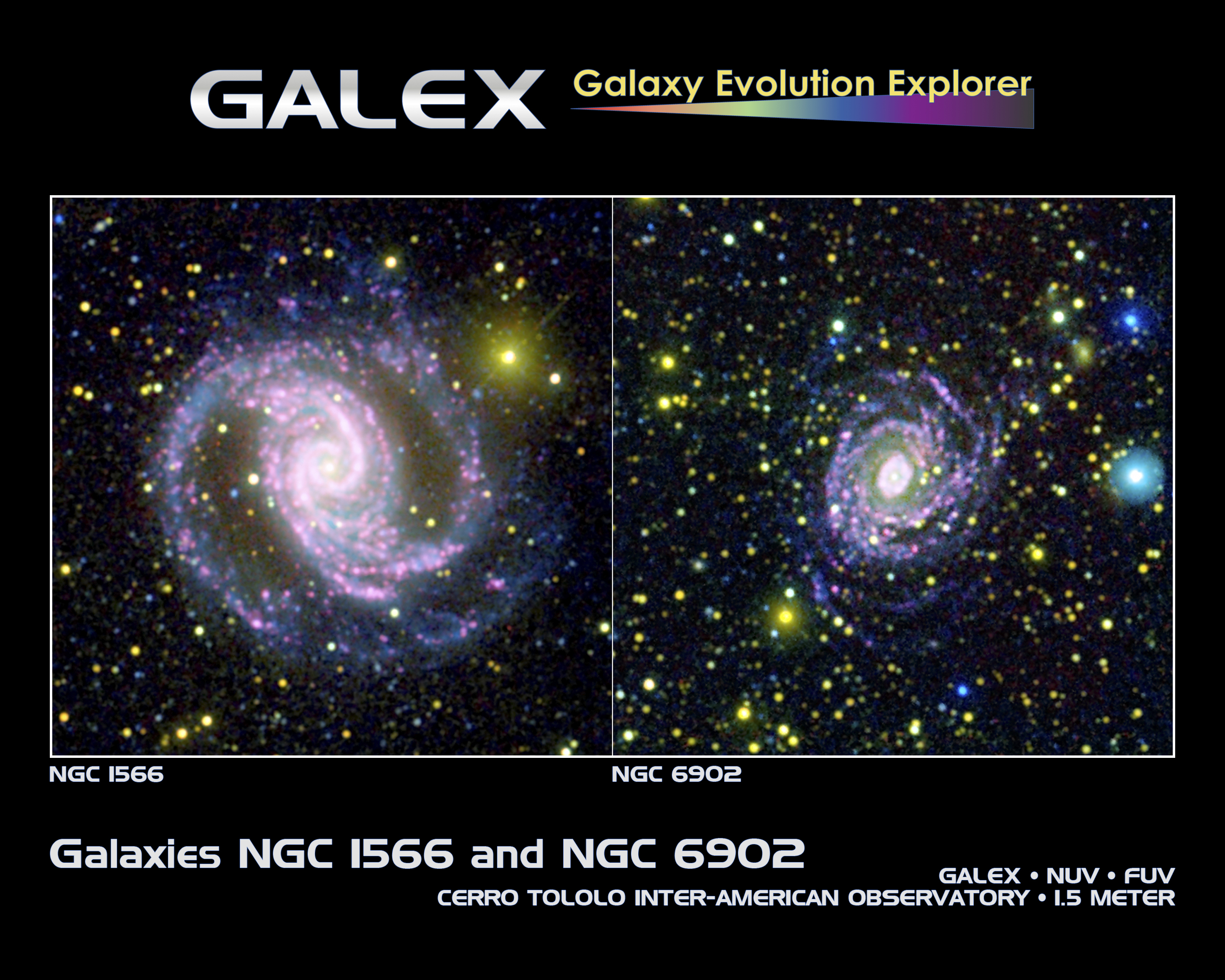Please login in order to download photos in full size
If you are not registered, please register for free: www.Free-Photos.biz/register
Please note to download premium images you also need to join as a free member..
You can also save the photos without the registration - but only in small and average sizes, and some of them will have the site's watermark. Please simply click your right mouse button and save the image.
Please login in order to like photos
If you are not registered, please register for free:
Sorry, non-members can download up to 1100 full-size photos per month.
It looks like you have used up your limit.
Free members can download an unlimited number of full-size photos - including the premium free photos.
Join as a member today for FREE! - and download the images without limitations:
www.Free-Photos.biz/membership.php
You can also save the images without the membership - but only in small and average sizes, and some of them may have the site's watermark. Please simply click your right mouse button and save the image.

|
This is a premium free photo
This photo was viewed 3 times and was downloaded in full size 2 times.
This photo was liked 0 times
If you are a member, please login in order to see the source link of the above image.
Summary
| Description |
English: These two photographs were made by combining data from NASA's Galaxy Evolution Explorer spacecraft and the Cerro Tololo Inter-American Observatory in Chile. By combining the data, astronomers were able to learn that not all galaxies make stars of different sizes in the same quantities, as was previously assumed. In other words, the proportion of small to big stars can differ from galaxy to galaxy.
In these pictures, images taken with the Galaxy Evolution Explorer at shorter ultraviolet wavelengths are dark blue, while longer ultraviolet wavelengths are lighter blue. The optical images are colored red and yellow; red light is shown in yellow, while specially filtered red light from a type of hydrogen emission called H-alpha is colored red. In these pictures, the portions of galaxies that are rich in massive stars, called "O" stars, show up as white or pink. Areas dominated by slightly smaller stars, called "B" stars, appear blue. The spiral galaxy on the left, called NGC 1566, is an example of a galaxy that is comparatively rich in O stars compared to B stars. By contrast, the galaxy on the right, NGC 6902, has a weaker population of O stars compared to its B stars. NGC 1566 is 68 million light years away in the southern constellation of Dorado. NGC 6902 is about 33 million light years away in the constellation Sagittarius. |
| Date | |
| Source | https://www.galex.caltech.edu/media/glx2009-04r_img01.html |
| Author | NASA/JPL-Caltech/JHU |
Licensing
| This file is in the public domain because it was solely created by NASA. NASA copyright policy states that "NASA material is not protected by copyright unless noted". (See Template:PD-USGov, NASA copyright policy page or JPL Image Use Policy.)
|
|
 |
Warnings:
|
Public Domain
| EXIF data: | |
| File name | galaxies_ngc_1566_and_ngc_6902.jpg |
|---|---|
| Size, Mbytes | 2.991640625 |
| Mime type | image/jpeg |
| Orientation of image | 1 |
| Image resolution in width direction | 300 |
| Image resolution in height direction | 300 |
| Unit of X and Y resolution | 2 |
| Color space information | 65535 |
| Exif image width | 3000 |
| Exif image length | 2400 |
| Software used | Adobe Photoshop CS3 Macintosh |
While the copyright and licensing information supplied for each photo is believed to be accurate, Free-Photos.biz does not provide any warranty regarding the copyright status or correctness of licensing terms. If you decide to reuse the images from Free-Photos.biz, you should verify the copyright status of each image just as you would when obtaining images from other sources.
The use of depictions of living or deceased persons may be restricted in some jurisdictions by laws regarding personality rights. Such images are exhibited at Free-Photos.biz as works of art that serve higher artistic interests.
PRIVACY POLICY
By registering your account and/or by subscribing to new and newly rated photographs you agree we may send you the links to photos and we may occasionally share other information with you.
We do NOT disclose your personal data.



